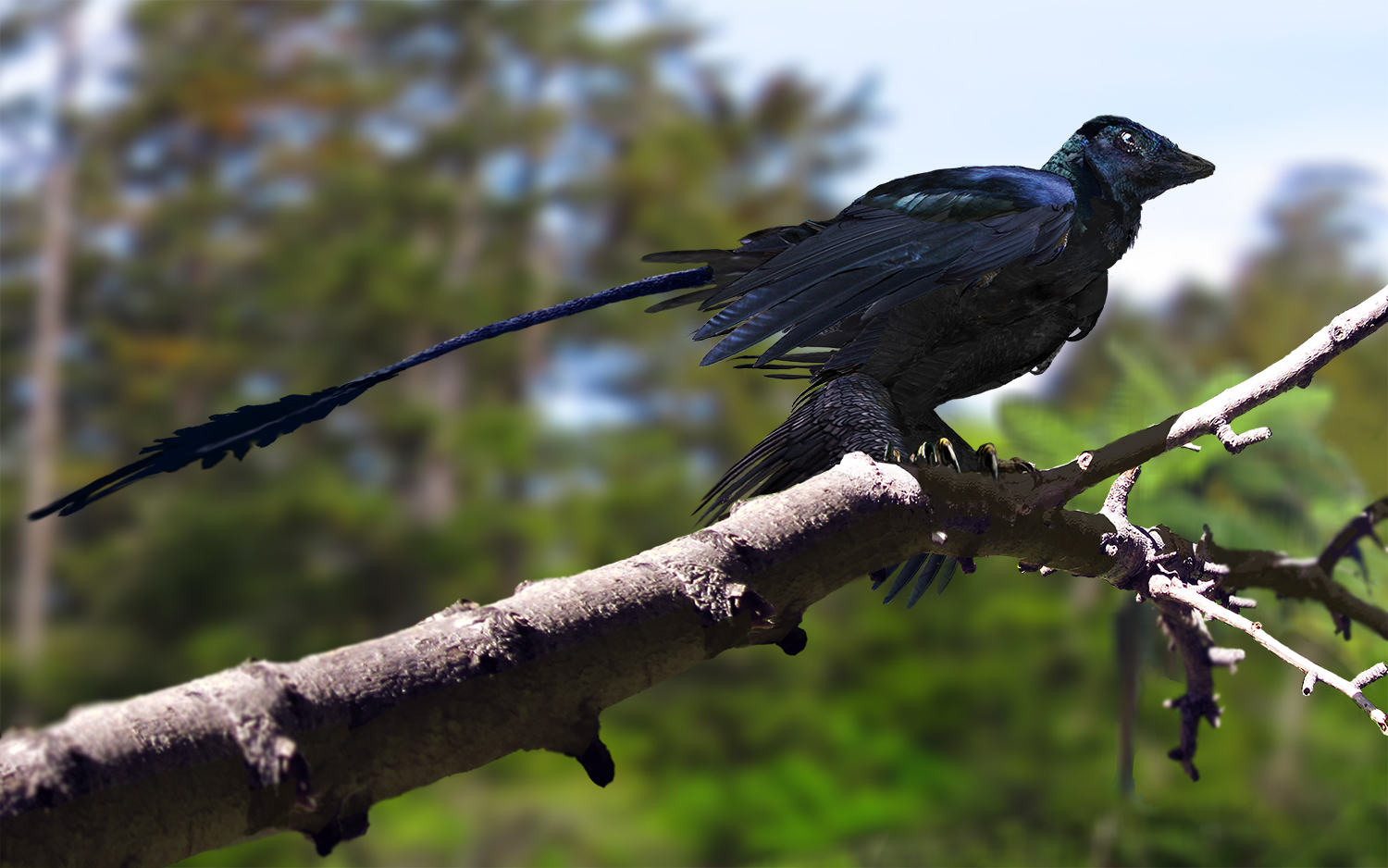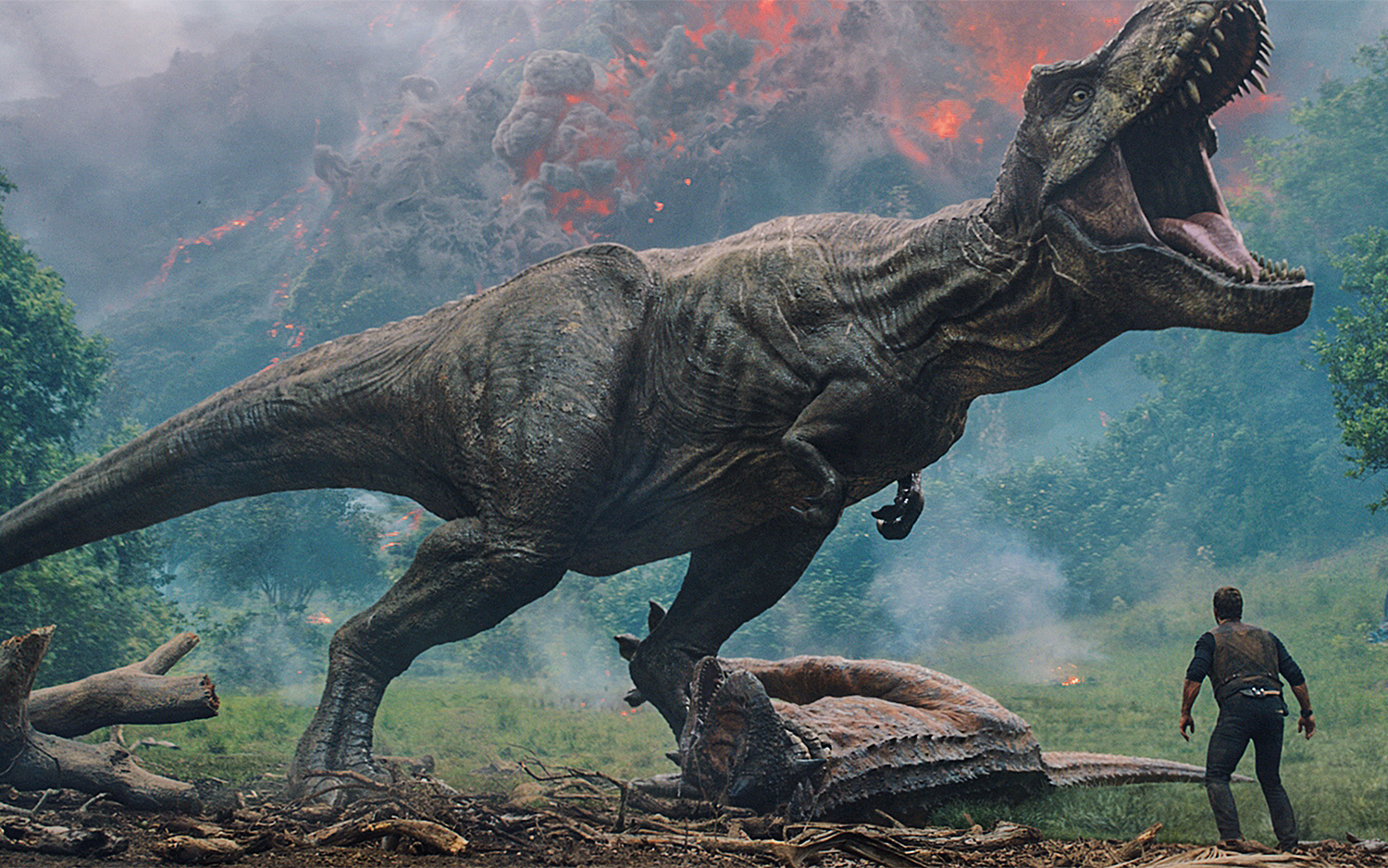'Jurassic World: Fallen Kingdom' Skimps on Dinosaur Science
On Friday (June 22), dinosaurs returned to the big screen in "Jurassic World: Fallen Kingdom." Much has changed in the 25 years since the first movie in the franchise, "Jurassic Park" (1993), brought non-avian dinosaurs back from extinction. For one thing, animation has improved exponentially, allowing filmmakers to craft CGI dinosaurs that are even more lifelike and detailed than they were before.
Paleontology, too, has made significant advances in recent decades, presenting exciting new details about dinosaur biology and behavior. But while the animation of the dinosaurs in the new "Jurassic World" movie is top-notch, the dinosaur science still lags behind.
Live Science looked at what science has uncovered about dinosaurs since the first movie debuted in 1993, and where the more recent movies are still struggling to catch up. [T. Rex at 20: How 'Jurassic Park' Science Has Evolved]
At the top of the list: feathers. It wasn't until the late 1990s that fossilized evidence of feathers in non-avian dinosaurs began emerging from Liaoning, in China, so a director could be excused for not including a coat of feathers on velociraptors (which, in the film, look more like the dinosaur called Deinonychus than the much smaller Velociraptor) in 1993.
Well-preserved evidence
But by the time "Jurassic World" (2015) rolled around, feathers were well established in theropods — bipedal, meat-eating dinosaurs — among a group called dromaeosaurids, which included Velociraptor and Deinonychus. One well-preserved find called Microraptor even retained fossilized evidence pointing to feathers that in life were glossy black and shimmering with iridescence.
In fact, hundreds of fossils uncovered in 2014 showed that plant-eating ornithischians, dinosaurs that are not closely related to birds, also included feathers, hinting that feathers were even more common among dinosaurs than previously suspected.
However, "Jurassic World" director Colin Trevorrow dashed hopes for feathered dinosaurs when the film was still in production, tweeting a terse "No feathers" in 2013.
Get the world’s most fascinating discoveries delivered straight to your inbox.
Trevorrow's directive stands in "Jurassic World: Fallen Kingdom" — dinosaurs in this movie are as smooth and scaly as when they were first introduced in 1993, despite plenty of evidence that dinosaurs were not only feathered but were probably even downright fluffy.
A bellow or a "boom"?
In the new film, T. rex opens its jaws and produces an Earth-shaking bellow. But is that what T. rex really sounded like? Soft tissue is typically destroyed before it can fossilize, so there's little evidence of anatomical structures that could help paleontologists reconstruct actual sounds made by extinct dinosaurs when they were alive.
However, the voice of the movie's T. rex resembles a lion's roar. Dinosaurs' vocalizations probably were not very mammal-like, and were more like those of birds or reptiles, to which they are more closely related. In fact, some dinosaurs may have produced low-frequency booming sounds like crocodiles do, according to a study published in October 2016 in the journal Nature.
And what about the close bond between the Velociraptor called Blue and dinosaur researcher Owen Grady (Chris Pratt)? To date, there's no evidence of interspecies alliances between dinosaurs and other animals. But scientists have found fascinating clues to dinosaur social behavior preserved in the fossil record, showing that dinosaurs guarded their eggs, lived in family groups and even performed mating dances, with males scraping their claws over rocks to impress females.
There's no question that seeing dinosaurs brought to life on the big screen is exciting, and watching them in action in "Jurassic World: Fallen Kingdom" helps to remind audiences that these incredible creatures were once living animals. But scientific understanding of dinosaurs has moved forward since the film franchise appeared and will continue to do so. It's long past time for dinosaur representations in the "Jurassic World" movies to do the same.
Original article on Live Science.

Mindy Weisberger is a science journalist and author of "Rise of the Zombie Bugs: The Surprising Science of Parasitic Mind-Control" (Hopkins Press). She formerly edited for Scholastic and was a channel editor and senior writer for Live Science. She has reported on general science, covering climate change, paleontology, biology and space. Mindy studied film at Columbia University; prior to LS, she produced, wrote and directed media for the American Museum of Natural History in NYC. Her videos about dinosaurs, astrophysics, biodiversity and evolution appear in museums and science centers worldwide, earning awards such as the CINE Golden Eagle and the Communicator Award of Excellence. Her writing has also appeared in Scientific American, The Washington Post, How It Works Magazine and CNN.




